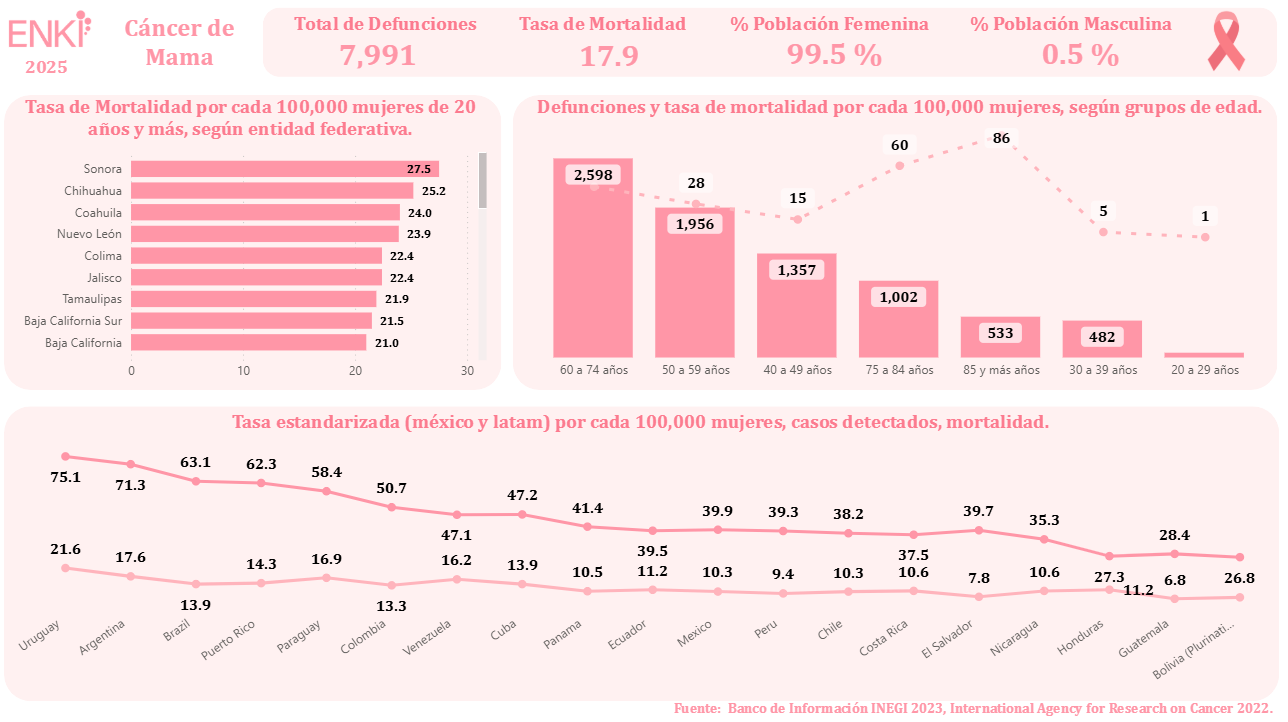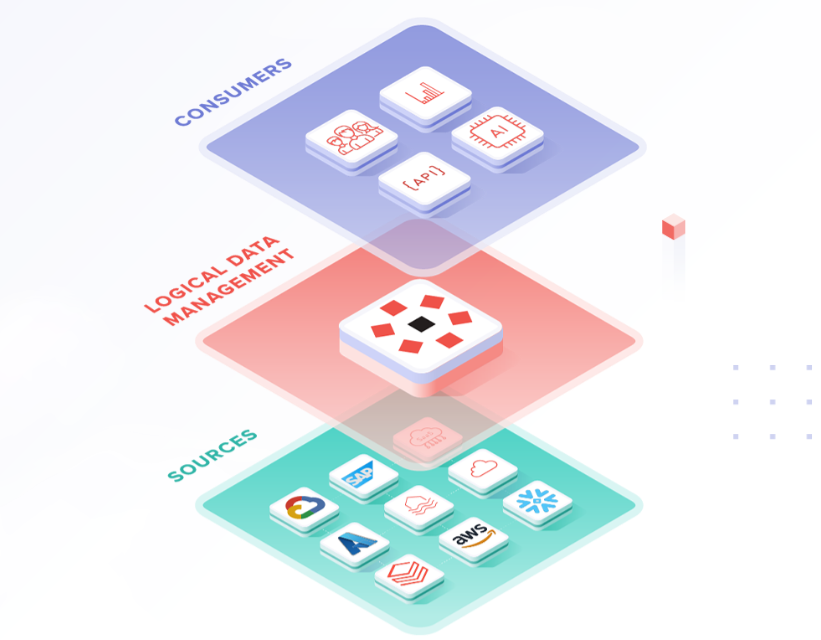Every day, companies and organizations generate a large amount of data and information, which can be used to improve their operations and be faster, more efficient and successful. For that to happen, the knowledge of Big Data experts is required at any time that is needed.
That's why at Enki we've got into the mind of a developer to tell you how Big Data is applied in companies and organizations:
Step 1.- We begin with “ingesting” or receiving information. In this step, developers receive information from customers, which is analyzed to know what they have and how it can be combined with output expectations according to their rules and protocols, in addition to how they can be improved, efficient and made much faster.
Developers can do this much faster by “cleaning” and leaving only what is necessary. In a nutshell, much more efficient.
Step 2.- Once you have the analysis, development begins, which consists of coding to parameterize the information or make the files dynamic. This allows files to be inserted without problems in the future, as well as to parameterize the outputs.
This is one of the most important steps since, thanks to parameterization, we can have a “magic box” that organizes information. How does it work? The customer enters the information and what they get is an organized, accumulated response with the history of the data.
Step 3.- After coding, we enter the testing phases, in which, through a “tester”, we test the applications where we verify that everything runs smoothly. The customer at this point can check how it works and make all kinds of comments. Once this phase is over, the application is tested within the development environment.
It is important to highlight that in this part, customers can see how the tool works and make all kinds of changes.
Step 4.- Once all the tests pass, the implementation is reached. In simple terms, this consists of a package that can be decompressed and installed in production. It should be noted that this section contains detailed instructions for the customer.
Step 5.- Once it has been implemented, we move on to the surveillance or babysitting phase, which lasts approximately one week and where it must be verified that the application has no flaws. If faults are recorded, they are corrected.
Step 6.- All files and applications are delivered to the client so that it can run it to their specifications.
In addition, this is a quick process. In fact, a standard development project based on Big Data, based on a considerably large source of information, can take approximately one and a half weeks or 60 hours of work. This already includes tests, so time is short compared to any other solution.
From now on, companies have a very powerful tool at their fingertips. All of this information is accessible through data tables and can provide the valuable insights they need. They can even assemble presentations with graphs and dynamic tables.









































